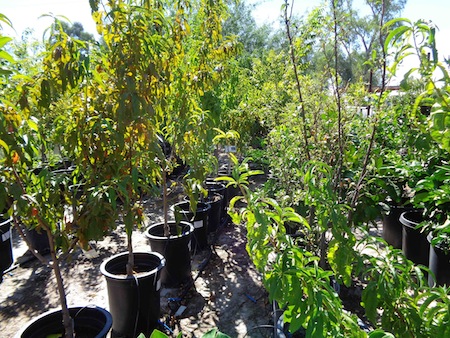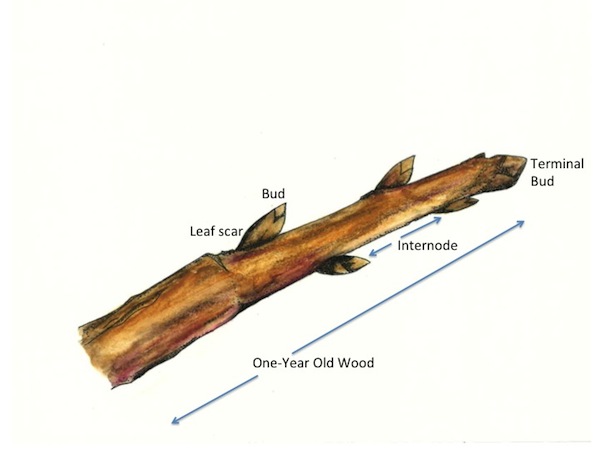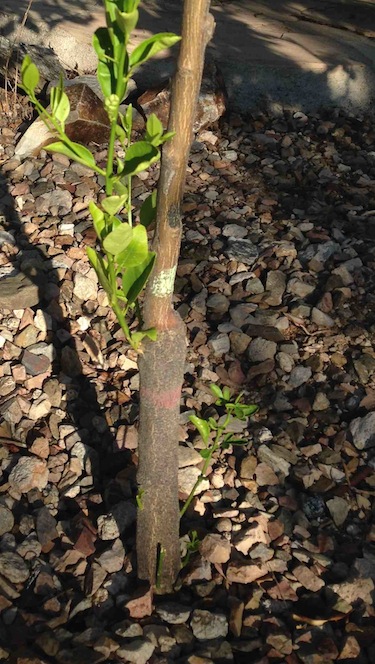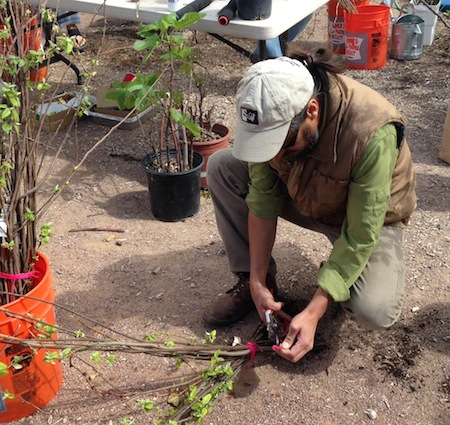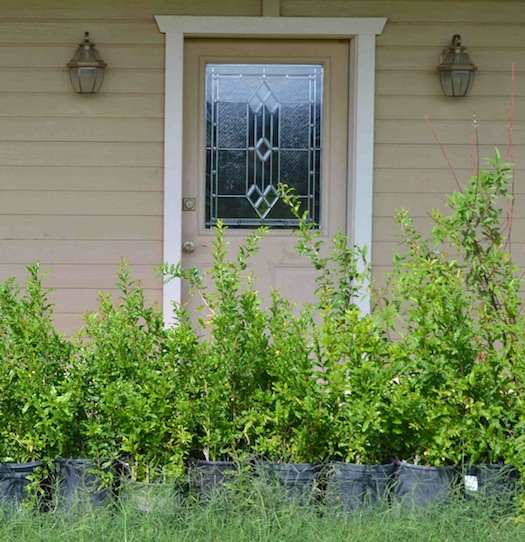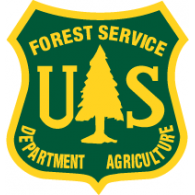Acquire Your Trees Click Here for a PDF of Acquire Your TreesPurchase young trees Trees can be purchased in dirt-filled pots or as bare root trees—without dirt around the roots. Young trees are available through nurseries, catalogs and local growers. Buy high-quality trees that come with a guarantee. While it might seem expensive, the cost of a good tree will be the smallest expense of your tree’s life. Trees that are one to two years old adapt best to new locations. Choose trees with no signs of disease, damage or lack of vitality. Young trees should be 4 to 5 feet tall with trunk diameters from ½ inch to ¾ inch in size. Bare root trees require special care to prevent the roots from drying out, so read and follow the instructions provided with the trees. Plant tree seeds You can plant the seeds of native edible trees and many fruit and nut trees directly in the ground. Collect seeds from native trees that have good tasting seeds and pods and that are growing far away from nonnative varieties that might cross-pollinate them. Some seeds need to be chilled (cold-stratification) to mimic winter conditions before germinating. Other seeds need physical or chemical abrasion (scarification) to break down hard seed coats and allow germination. Seeds can be soaked prior to planting to prepare them for sprouting. Seeds that need light to germinate should be placed near the surface or on top of the soil. Others need to be planted deeper. Soils should be well drained and contain well-composted organic material. Keep planted seeds moist and generally between 65-70°F until germination. For more information on tree-specific seed planting techniques, see the Edible Tree Directory. While some trees and varieties can be successfully reproduced by seed, other varieties planted from seed might produce fruits that are smaller in size and lower in quality than the parent tree produces. In these cases, desirable fruit tree varieties are reproduced using different techniques of clonal propagation to ensure reliable quality fruits. |
Fruit trees available for purchase at a commercial nursery.
Blue palo verde seeds include dried pods with seeds inside, dried seeds separated from pods and seeds that have been scarified and soaked and are ready to plant. |
Clonal Propagation of Trees Desirable fruit tree varieties are often grafted onto strong rootstock—a method of clonal propagation—to ensure that reliable quality fruits are produced. Many trees can be also be propagated by taking cuttings from healthy trees and rooting these to create clones of their well-adapted parents. In fact, many domesticated and cultivated fruit tree “varieties” are clones of a single individual tree. To preserve desirable tree and fruit characteristics, clonal propagation techniques are often the best choice. These methods include grafting, rooting hardwood and softwood cuttings taken from the tree, and layering—a technique that encourages root growth on a branch that is in contact with soil. | Graft union is shown for a young lemon tree. When the tree is planted, the graft union should be placed at least 2 to 4 inches above land surface.
Parts of a scion selected for grafting. |
|
Grafting. Grafting is the most common propagation method for cultivating fruit trees because it preserves the desired tree variety characteristics and is effective for most fruit and nut trees. Grafting involves taking a branch or cutting from a desired fruit variety (the scion) and splicing it onto a rooted tree (the rootstock). To successfully graft, the inner bark layer (the living cambium layer) of the rootstock and scion must touch and be held together tightly until they heal and join. After they are joined, these two genetically distinct plants grow as a single plant. Grafting takes multiple steps, as described in the box. Scions are selected to yield delicious fruit. Rootstocks are selected based on characteristics such as dwarfing, disease and insect resistance, soil type, cold hardiness and drought tolerance. Dwarfing rootstocks are used in many species including apple, pear, cherry, citrus and others. Some rootstocks are tolerant of poorly drained, heavy clay or saline soil conditions. Many nurseries provide grafted trees. If you decide to graft trees yourself, make sure the scions and rootstocks you plan to use are compatible. Grafting is usually successful between different varieties within the same species (apple rootstock for an apple scion) or sometimes with different species of the same genera (plum rootstock for an apricot scion). See grafting resources at the end of this section. | STEPS IN GRAFTING
|
Planting Trees from Cuttings. Some fruit trees and shrubs will grow from cuttings of young wood that are planted directly in soil. Fruit trees and plants such as olives, figs, pomegranates, currants and grapes can be easily propagated this way. Cuttings may be taken and rooted at two different times of year. Dormant hardwood cuttings are those taken when the plant is pruned during the dormant season in winter or early spring. Softwood cuttings are taken from the plant in summer from actively growing, leafy branches. Tree cuttings, when successfully rooted, will be a clonal copy of the parent tree. Take cuttings that are pencil-sized in diameter and 6-12 inches long. Clip the “bottom” of the cutting at a diagonal and be sure this is the end planted in the soil. Dip the bottom end of each cutting in rooting hormone—available as a powder from most nurseries. These cuttings can be planted in pots or in the ground. In pots, use a soil medium that is well drained and includes a mixture of peat moss or well-composted organic matter, plus an inorganic material such as perlite, pumice or vermiculite. Leave one or two buds showing above the soil. In cold times of year, cuttings planted in pots can be placed over a heating pad on low heat to encourage root development. Keep cuttings warm and moist for several weeks. After a year’s growth, cuttings can be transplanted into larger pots or into the ground. |
Cuttings from pomegranates being prepared to root in pots.
Young pomegranates obtained from rooted cuttings, growing out in pots before being transplanted into the ground. |
Layering. Layering is a clonal propagation technique that encourages root growth from a tree branch. This is done by covering part of the branch with soil while it remains attached to the parent plant. Some fruiting vines naturally sprout roots when the tips of their vines touch the ground (called tip layering). Other fruit types can be encouraged to produce roots by layering dirt over a branch that has been bent down to the ground or over suckers that have been pruned back to the ground. To conduct ground layering, select a long branch from the parent tree that can be bent to the ground. Dig a hole several inches deep and bend the branch into the hole leaving the branch tip exposed above ground. Cut or lightly score the portion of the branch that will be buried to expose the inner bark, then brush it with rooting hormone to promote rooting. Fill the hole with soil to cover this portion of the branch. After one season’s growth, cut the rooted branch from the parent plant and transplant it into a pot or the ground. Early spring is the best time to use this method. Keep the soil moist throughout the year to stimulate root development. Air layering involves wrapping a moisture-holding medium such as burlap, cloth or mesh that has been packed with soil medium like peat moss around a section of a branch on the parent tree. Before wrapping, lightly score the branch section to expose the inner bark and brush this with rooting hormone to promote rooting. Keep the wrapping and soil medium moist to stimulate root development on the branch. When sufficient roots have grown from the wrapped area, cut the branch section from the parent and plant it in the ground. This process may take anywhere from a few weeks to a few growing seasons. More detailed information about grafting is provided in the Supplement on Grafting Techniques, provided at the end of the PDF of Acquire Your Tree | ADDITIONAL RESOURCES Grafting, rooting and layering techniques
|
CAUTION: Never eat anything that is not properly identified. It is your responsibility to ensure that all fruits, nuts, seeds, pods and other edible products of trees and shrubs are correctly identified and safe to eat before eating them or serving them to others.
Copyright 2023
LEAF is under the fiduciary stewardship of the Arizona Community Tree Council, a 501(c)3 non-profit organization.
70 S Val Vista Drive, Suite A3-186, Gilbert, AZ 85296

